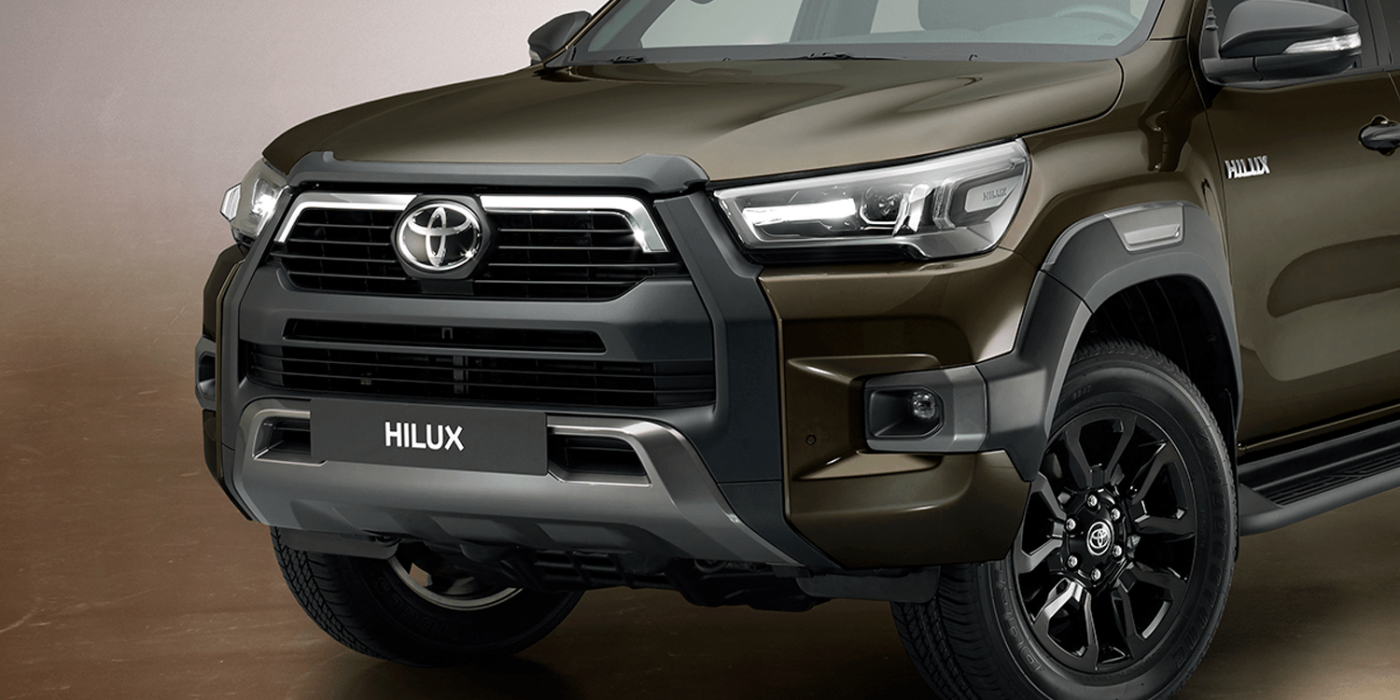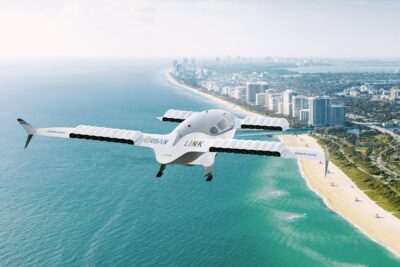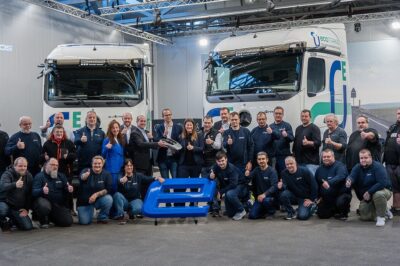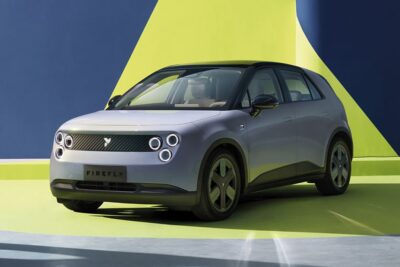Balancing Act: Toyota aims for sweet spot between range and payload for the Hilux EV
Thailand, a country where more than 50 per cent of new total sales come from pickup trucks, is pushing for EVs to curb pollution and also safeguard its future in automotive manufacturing. Chinese EVs have flooded the market in recent years, threatening the dominance of Japanese brands. In response, Toyota has rolled up its sleeves and decided to start offering the Hilux, its best-selling model in the country, as an EV.
Toyota seems to have reached advanced stages of engineering for the Hilux EV, having already developed a small lot for real-world testing. In April, the company started a pilot program with a small fleet of twelve units in Pattaya, one of the country’s most popular tourist destinations and thus a place where EVs can make a significant difference in keeping the environment clean. These prototypes are in a modified version, designed as songthaews for zero-emission public transport.
Pras Ganesh, Toyota’s executive vice president for Asia, told Reuters at the Future Mobility Asia summit earlier in May that the company wants to manufacture the Hilux EV in Thailand. He said that the company is always trying to learn what customers do with its pick-up trucks and suggested that figuring out the right battery pack (energy storage) capacity is proving to be a challenge.
Customers of electric pickup trucks require long range for practicality, but that requires installing a lot of batteries, which can make EVs very heavy. Toyota needs to ensure that the kerb weight doesn’t go to such a high level that it takes a toll on the payload capacity, as that would defeat the vehicle’s main purpose. Moreover, stuffing more batteries has a direct and significant impact on the cost, and since the Hilux EV will be more of a workhorse than a lifestyle pickup truck like the full-size Tesla Cybertruck and Rivian R1T sold in the US, affordability will be as crucial as the driving range in its success.
Production of the Toyota Hilux EV will start by the end of 2025. Ganesh said that Thailand will be the Hilux’s EV’s main market, but Toyota will look into exports. However, he did not say whether European countries would be among the potential export markets of the Hilux EV. Toyota is also developing a hydrogen fuel cell electric Hilux in the UK. The company has said that it will consider launching the model in the second half of the decade, so the manufacturer may focus on the latter for European countries instead.





0 Comments